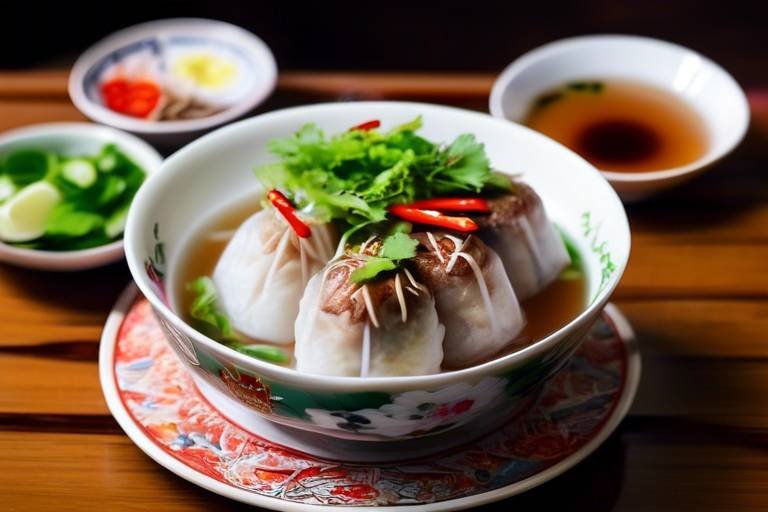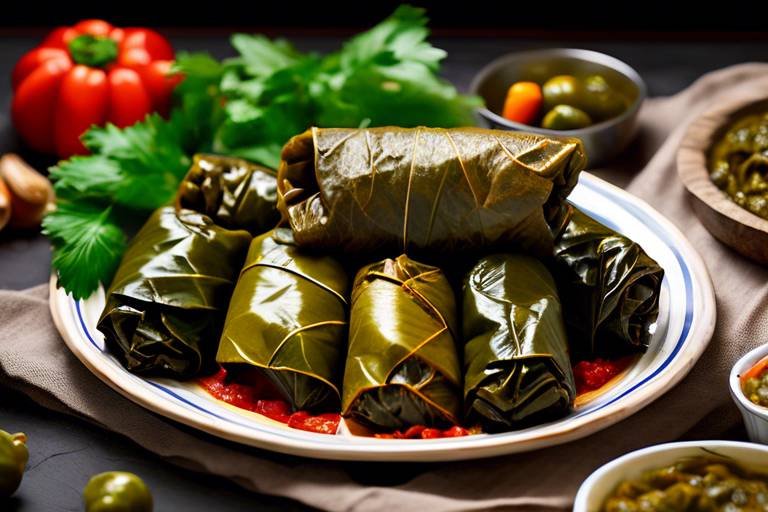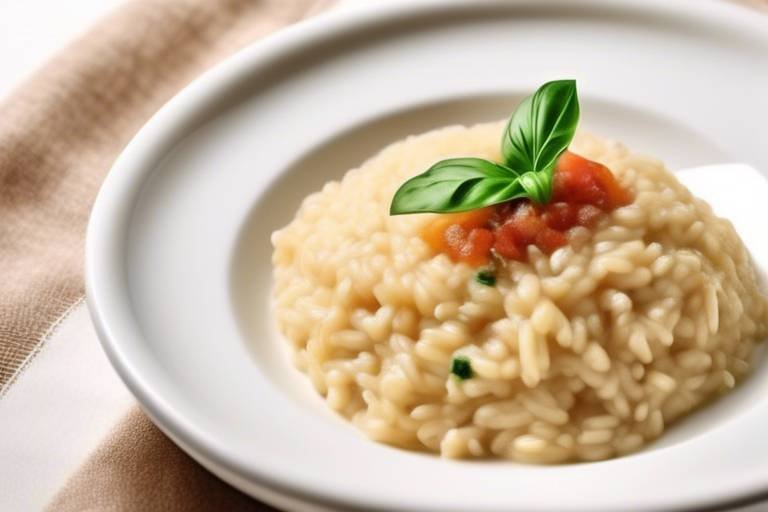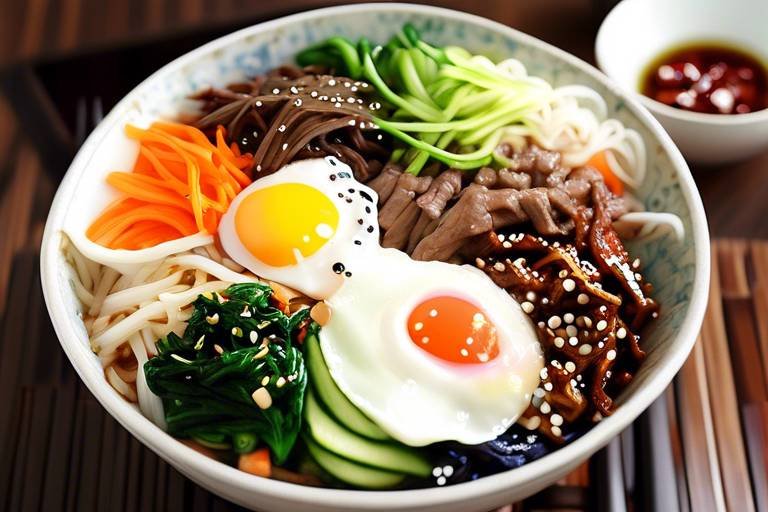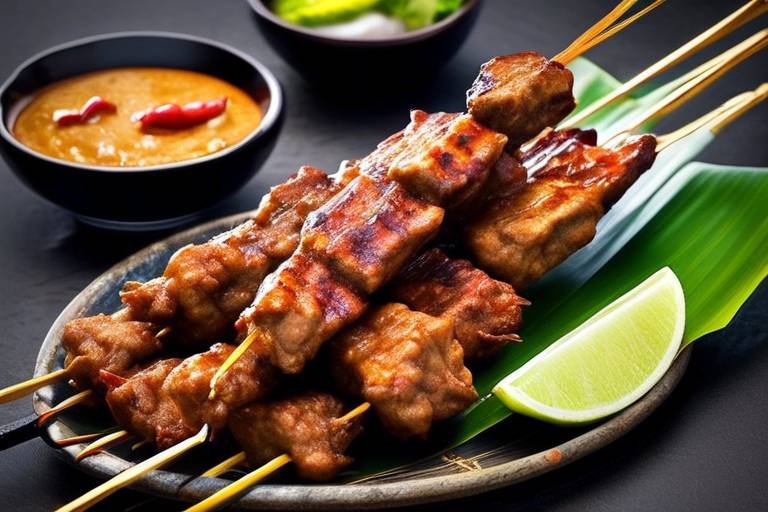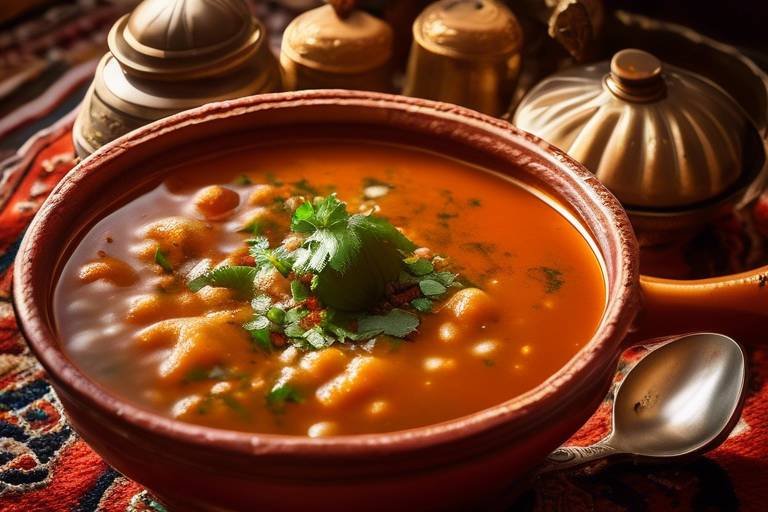Discovering the Best Chinese Hot and Sour Soup
When it comes to exploring the world of Chinese cuisine, one cannot overlook the delightful and aromatic hot and sour soup. This beloved dish has captured the hearts and taste buds of food enthusiasts worldwide, offering a perfect balance of flavors that tantalize the senses. Let's delve into the origins, ingredients, variations, and popular recipes that make Chinese hot and sour soup a comforting staple in culinary traditions.

History of Hot and Sour Soup
Chinese hot and sour soup is a delightful culinary creation that has captured the hearts and taste buds of food enthusiasts worldwide. From its rich history to the diverse regional variations and health benefits, this soup offers a symphony of flavors that excite the palate and warm the soul.
The history of hot and sour soup dates back centuries, originating in traditional Chinese medicine where it was believed to possess healing properties. Over time, this medicinal concoction evolved into a beloved culinary dish enjoyed for its bold flavors and comforting warmth. The soup's journey from ancient remedies to modern kitchens showcases its enduring appeal and cultural significance.
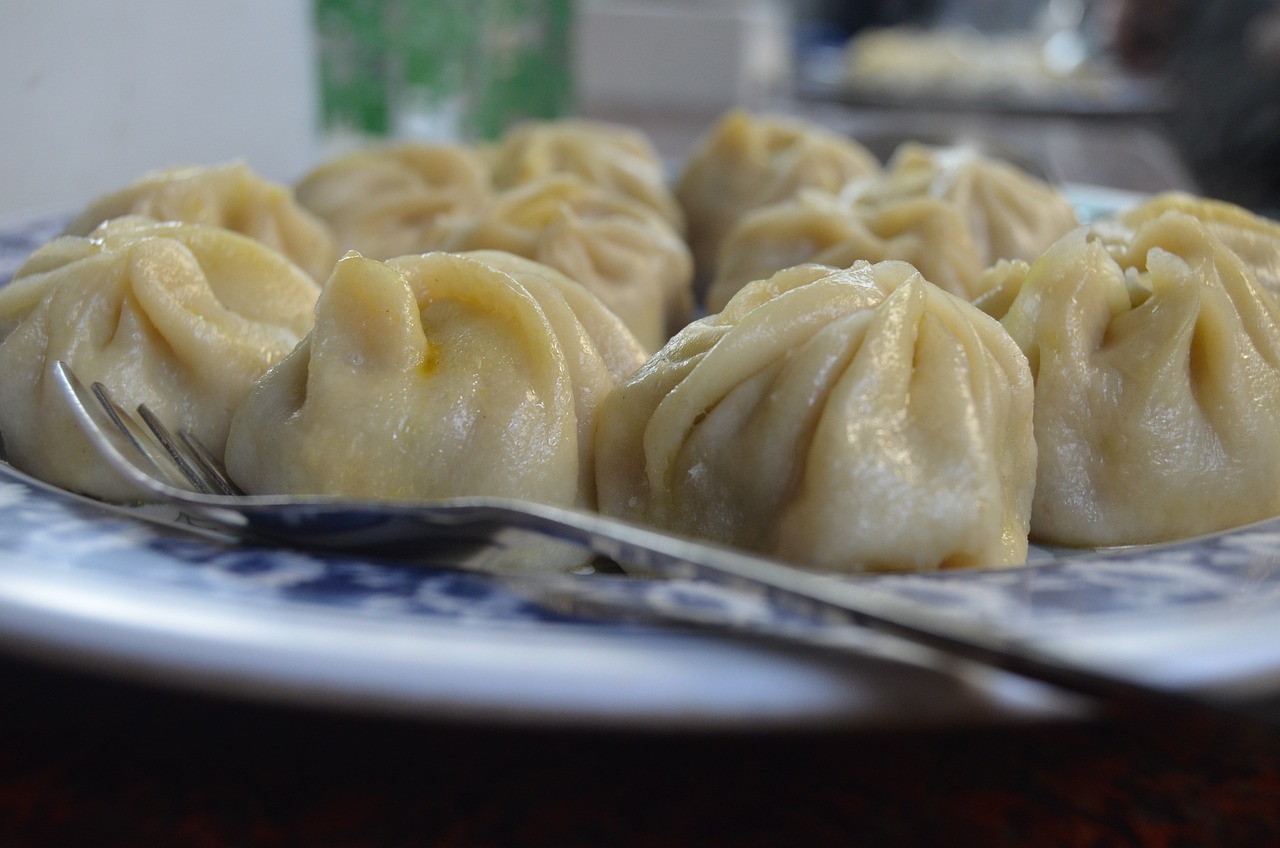
Key Ingredients
When it comes to the delightful Chinese hot and sour soup, the key ingredients play a crucial role in defining its rich and complex flavors. This iconic dish typically features a harmonious blend of various components that come together to create a satisfying culinary experience. Among the essential ingredients that contribute to the distinctive taste of hot and sour soup are mushrooms, tofu, bamboo shoots, vinegar, and a carefully selected mix of spices.
Starting with mushrooms, they add a hearty and earthy flavor to the soup, providing a meaty texture that appeals to both vegetarians and meat lovers alike. The choice of mushrooms can vary, with shiitake and wood ear mushrooms being popular options that infuse the broth with a deep umami essence.
Tofu, another staple ingredient in hot and sour soup, offers a soft and silky contrast to the robust flavors of the broth. Its ability to absorb the savory essence of the soup makes it a versatile addition that enhances the overall texture and mouthfeel of the dish.
Bamboo shoots contribute a subtle crunch and freshness to the soup, adding a refreshing element that balances the richness of the other ingredients. These tender shoots provide a delicate flavor that complements the boldness of the spices and vinegar, creating a harmonious interplay of tastes.
Vinegar is a key component that imparts the characteristic tanginess to hot and sour soup, elevating its overall flavor profile with a zesty kick. Typically, a combination of black rice vinegar and white vinegar is used to achieve the perfect balance of acidity and depth, enhancing the complexity of the broth.
Lastly, the blend of spices used in hot and sour soup is what sets it apart, infusing the dish with warmth, depth, and a hint of heat. Common spices include white pepper, chili flakes, and ginger, each contributing its unique aroma and flavor to the soup, creating a symphony of tastes that tantalize the taste buds.
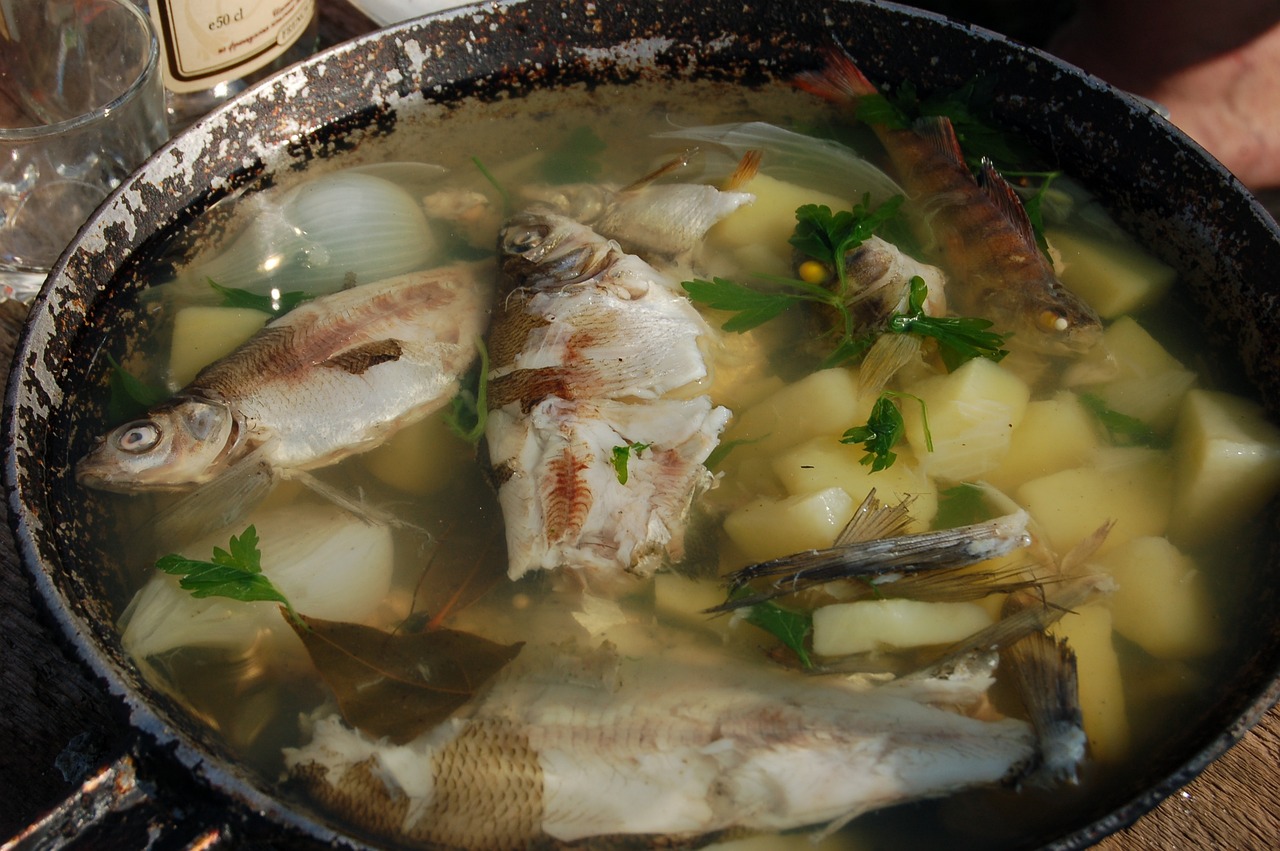
Regional Variations
When it comes to hot and sour soup, the regional variations across China offer a delightful array of flavors and ingredients that cater to diverse palates. From the fiery and numbing Sichuan version to the milder yet tangy Cantonese variations, each region puts its unique spin on this beloved dish. In Sichuan, known for its bold and spicy cuisine, hot and sour soup packs a punch with the addition of Sichuan peppercorns, chili peppers, and a generous amount of vinegar, creating a symphony of flavors that dance on your taste buds.
On the other hand, Cantonese hot and sour soup tends to be more subtle in heat but rich in umami flavors, featuring a delicate balance of ingredients such as cloud ear fungus, lily buds, and a hint of sweetness from sugar. The use of white pepper in Cantonese variations adds a gentle warmth to the soup, complementing the tanginess from the vinegar without overpowering the other components.
Furthermore, regions like Hunan and Jiangsu offer their own interpretations of hot and sour soup, incorporating local ingredients and culinary traditions to bring a unique twist to this classic dish. Whether you prefer the bold and fiery notes of Sichuan or the nuanced flavors of Cantonese cuisine, exploring the regional variations of hot and sour soup is a culinary adventure that promises to tantalize your taste buds.
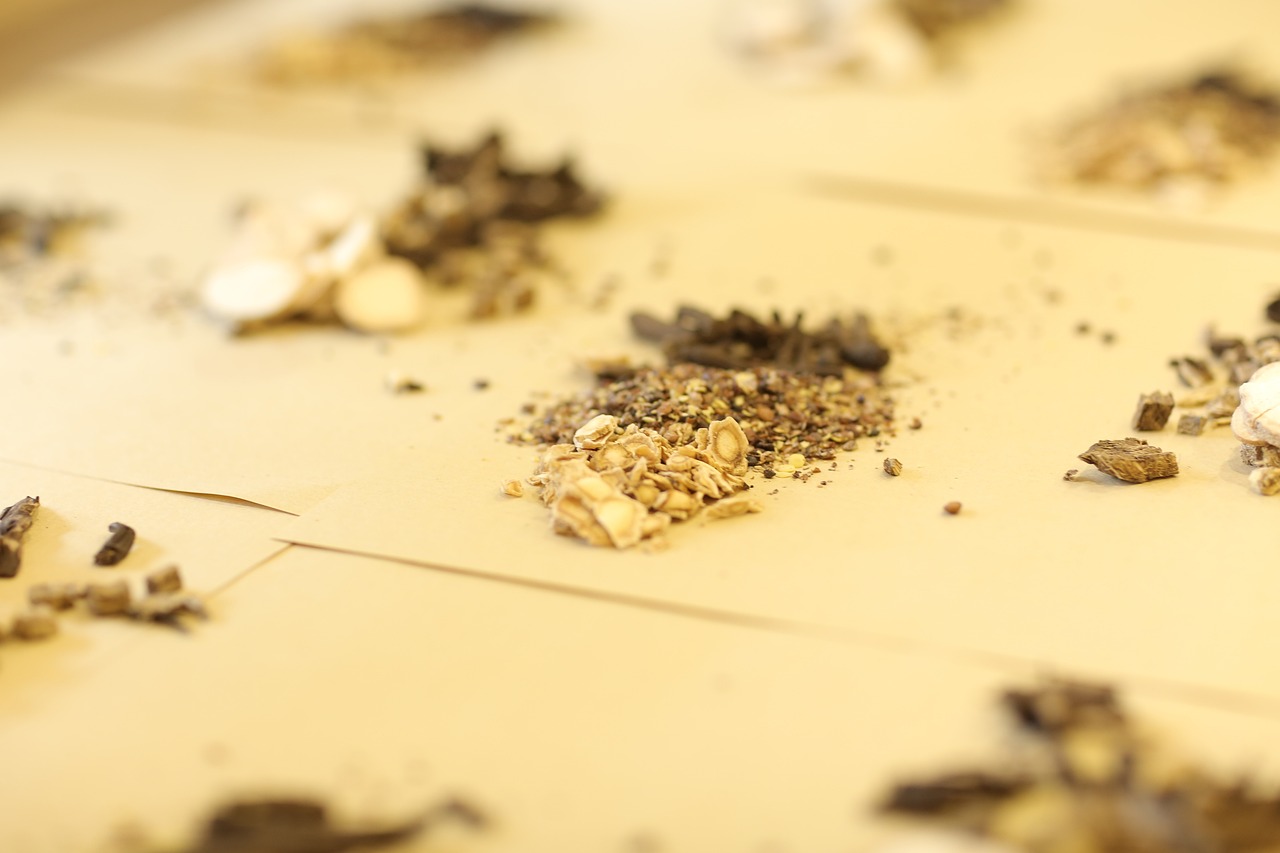
Health Benefits
Hot and sour soup is not only a delight for the taste buds but also offers a range of potential health benefits. This beloved Chinese soup is known for its immune-boosting properties, thanks to ingredients like mushrooms, which are rich in antioxidants and can help support a healthy immune system. Additionally, the vinegar used in hot and sour soup is believed to aid digestion, making it a comforting choice for those looking to support their digestive health.
Moreover, the various spices and seasonings used in hot and sour soup not only contribute to its distinctive flavor but also provide potential health benefits. For example, ginger, often included in the soup's spice blend, is known for its anti-inflammatory properties and may help alleviate nausea and support overall gut health.
One of the key health benefits of hot and sour soup lies in its nutritional value derived from wholesome ingredients like tofu, bamboo shoots, and a variety of vegetables. These ingredients are rich in essential nutrients, vitamins, and minerals, making hot and sour soup a nourishing option for those looking to enjoy a flavorful and nutrient-dense meal.
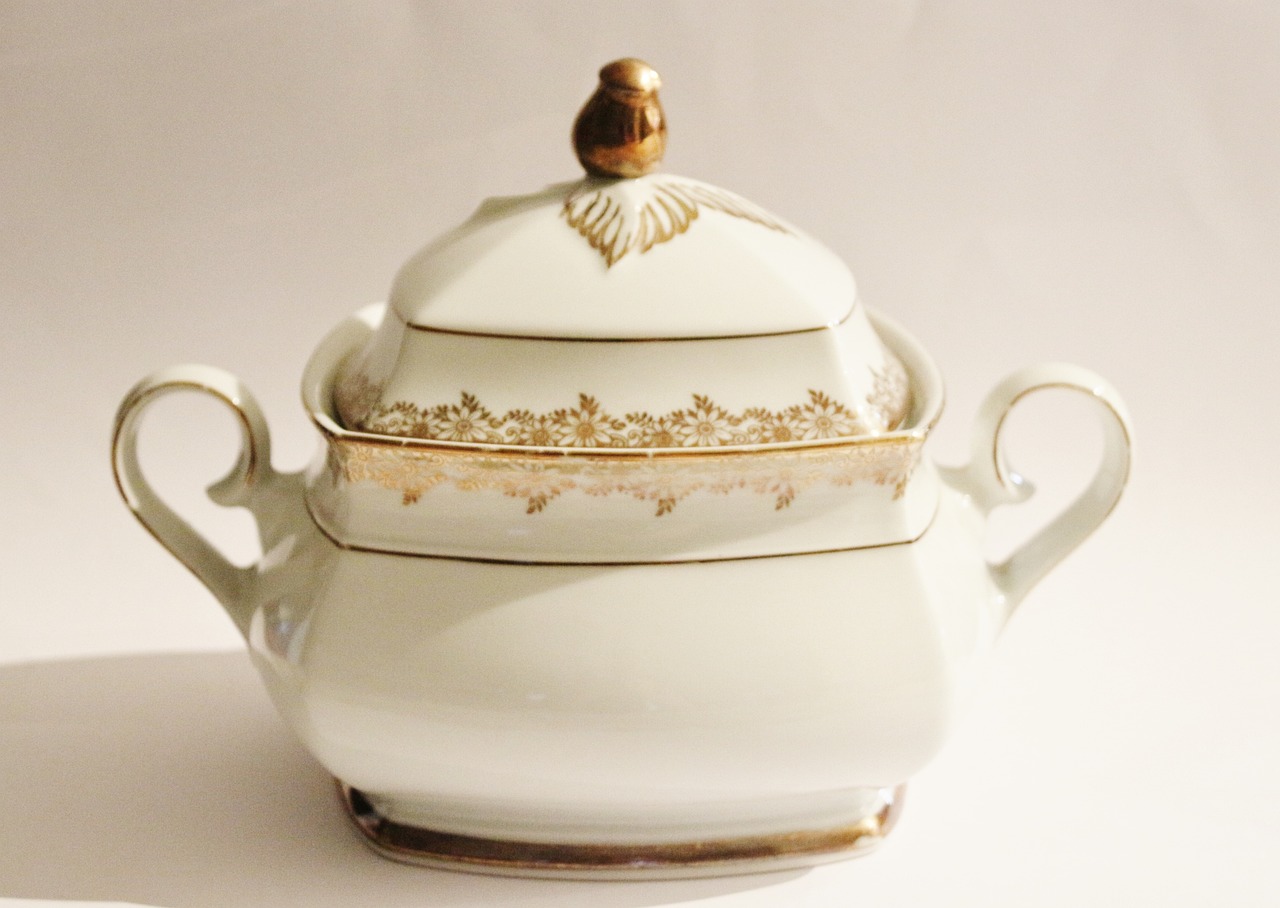
Vegetarian and Vegan Options
When it comes to hot and sour soup, there are delightful options available for vegetarians and vegans that capture the essence of this beloved dish without the use of meat or animal products. These adaptations offer a flavorful and satisfying alternative that appeals to a diverse range of dietary preferences.
Vegetarian hot and sour soup typically replaces the traditional meat-based broth with a rich vegetable broth, allowing the robust flavors of the mushrooms, tofu, and bamboo shoots to shine through. The umami notes are enhanced with the addition of soy sauce or tamari, providing a depth of flavor that rivals its non-vegetarian counterpart.
Vegan versions of hot and sour soup take the plant-based approach a step further by omitting any animal-derived ingredients, such as eggs or fish sauce, that may be present in traditional recipes. Instead, ingredients like miso paste or seaweed can be used to replicate the savory elements and add complexity to the broth.
For those following a vegan diet, exploring the world of hot and sour soup opens up a realm of creativity where ingredients like shiitake mushrooms, edamame, and even tempeh can be incorporated to provide texture and protein, resulting in a hearty and nourishing meal.
Whether you choose the vegetarian or vegan route, these adaptations of hot and sour soup offer a delightful way to experience the bold flavors and comforting warmth of this classic Chinese dish while aligning with your dietary preferences and values.

Popular Hot and Sour Soup Recipes
Are you ready to elevate your culinary skills and impress your taste buds with some popular hot and sour soup recipes? Let's dive into the world of flavors and aromas that this classic Chinese dish has to offer. Whether you're a fan of traditional recipes or looking to experiment with modern twists, there's a hot and sour soup recipe out there for everyone.
One popular variation of hot and sour soup is the traditional Sichuan-style hot and sour soup. Known for its bold and spicy flavors, this version typically includes ingredients like wood ear mushrooms, pork, tofu, and a generous amount of chili oil. The fiery heat combined with the tangy vinegar creates a mouthwatering experience that will leave you craving more.
For those who prefer a milder version, the Cantonese-style hot and sour soup offers a more subtle balance of flavors. This variation often features a combination of ingredients such as chicken, shrimp, bamboo shoots, and eggs, creating a rich and comforting broth that is both satisfying and flavorful.
If you're looking to add a modern twist to the classic recipe, consider trying a vegetarian hot and sour soup. By substituting meat with ingredients like shiitake mushrooms, carrots, and baby corn, you can create a wholesome and nutritious version of this beloved dish that is perfect for plant-based diets.
For those who enjoy experimenting in the kitchen, why not try a seafood hot and sour soup variation? Combining ingredients like prawns, scallops, and squid with the traditional hot and sour soup base can result in a delightful fusion of flavors that will transport your taste buds to new culinary heights.
Whichever hot and sour soup recipe you choose to prepare, remember that the key to a delicious outcome lies in the careful balance of flavors and the quality of ingredients used. So, roll up your sleeves, gather your pots and pans, and get ready to embark on a culinary journey that will delight your senses and warm your soul.

Serving and Pairing Suggestions
When it comes to serving and pairing hot and sour soup, there are a few key suggestions that can elevate your dining experience to a whole new level. This flavorful and aromatic soup pairs well with a variety of side dishes and beverages, enhancing its bold flavors and creating a harmonious balance on your palate.
One popular way to serve hot and sour soup is as a starter or appetizer before the main course. Its tangy and spicy notes can kickstart your taste buds and prepare them for the upcoming flavors of the meal. Additionally, serving the soup in small bowls or cups allows for easy portion control and encourages savoring each spoonful.
When it comes to pairing hot and sour soup with side dishes, consider options that complement its rich and complex flavors. Steamed white rice or crispy fried noodles are classic accompaniments that provide a textural contrast to the soup. You can also add a side of stir-fried vegetables or a light salad to create a well-rounded meal.
For beverages that pair well with hot and sour soup, opt for refreshing choices that cleanse the palate and enhance the overall dining experience. Green tea or jasmine tea are popular options that can help balance the spiciness of the soup and refresh your taste buds between bites. Alternatively, a crisp lager or a light-bodied white wine can also complement the flavors of the soup.
When serving hot and sour soup at a gathering or dinner party, consider creating a DIY toppings bar with a variety of condiments and garnishes. Sliced green onions, crispy fried shallots, chili oil, and soy sauce can be offered as toppings for guests to customize their soup according to their preferences, adding an interactive element to the dining experience.
Overall, the key to serving and pairing hot and sour soup lies in finding a balance of flavors and textures that enhance the dish without overpowering its distinct taste. By following these suggestions and experimenting with different combinations, you can create a memorable dining experience that celebrates the rich heritage of Chinese cuisine.
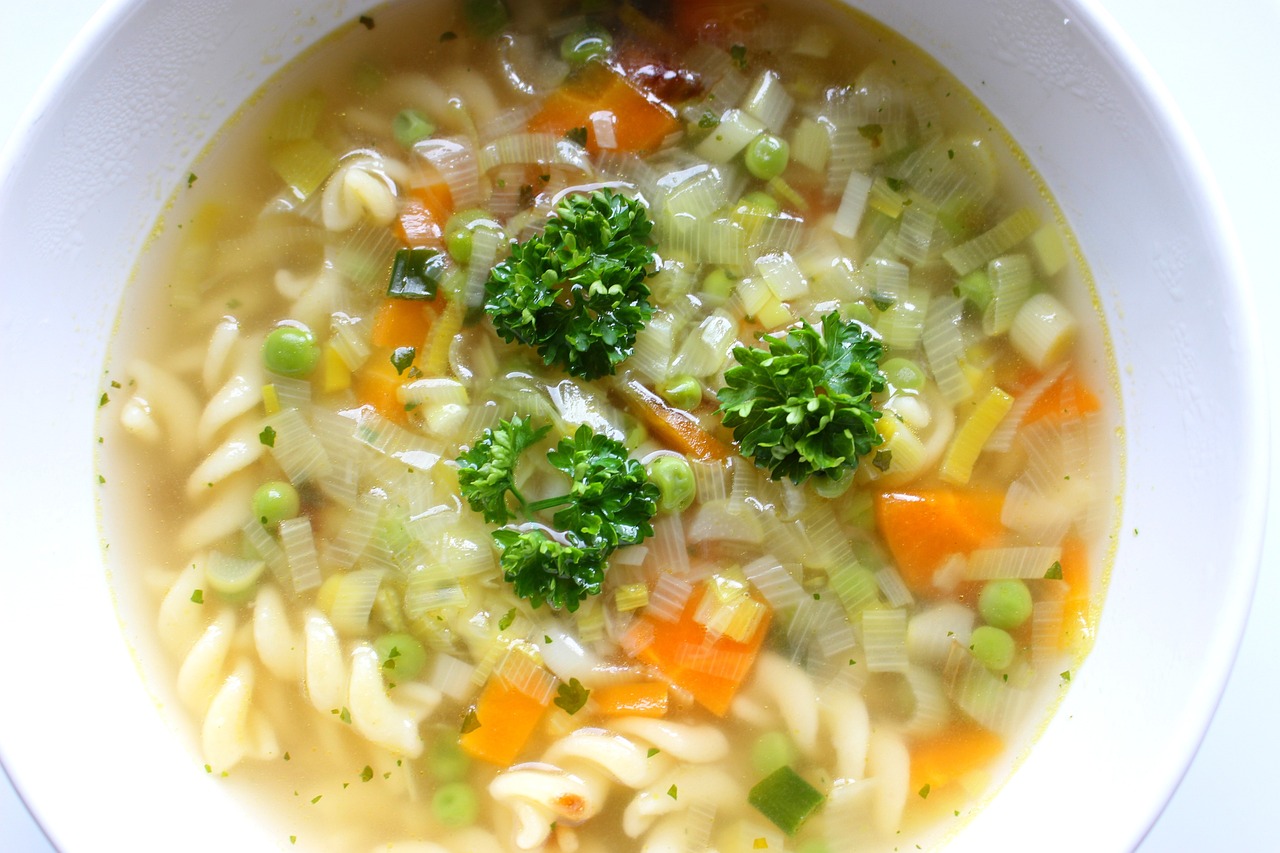
Culinary Tips and Tricks
When it comes to preparing the perfect hot and sour soup, there are a few culinary tips and tricks that can take your dish to the next level. One essential tip is to balance the flavors carefully, ensuring that the soup has the right amount of heat from the spices and tanginess from the vinegar. Adjusting the consistency of the soup is also crucial - you want it to be thick enough to coat a spoon but not overly thick or thin.
Another important aspect to consider is the order in which you add the ingredients. Start by sautéing the aromatics like garlic, ginger, and green onions to build a flavorful base for the soup. Then, add the mushrooms, tofu, and bamboo shoots, allowing them to cook and absorb the delicious flavors of the broth.
For an extra depth of flavor, consider using a combination of different types of mushrooms, such as shiitake, button, and wood ear mushrooms. This will add complexity to the soup and elevate its taste profile. Additionally, don't forget to adjust the seasoning as needed, adding more vinegar or soy sauce to achieve the perfect balance of sour and savory flavors.
If you prefer a spicier version of hot and sour soup, you can increase the amount of white pepper or add a touch of chili oil for an extra kick. Conversely, if you're looking to mellow out the heat, you can reduce the amount of white pepper or omit it altogether. Feel free to customize the soup to suit your taste preferences.
Lastly, garnishing your hot and sour soup with fresh cilantro, sliced green onions, and a drizzle of sesame oil can add a burst of freshness and aroma to the dish. These finishing touches not only enhance the visual appeal of the soup but also contribute to its overall taste experience.
Frequently Asked Questions
- What is the origin of hot and sour soup?
Hot and sour soup originates from traditional Chinese medicine, where it was believed to have health benefits due to its warming and invigorating properties. Over time, it evolved into a popular and beloved culinary dish enjoyed worldwide.
- What are the key ingredients in hot and sour soup?
The essential ingredients that give hot and sour soup its distinctive flavor include mushrooms, tofu, bamboo shoots, vinegar, and a blend of spices. These ingredients work together to create the soup's unique taste profile that balances spicy, sour, and savory flavors.
- Are there variations of hot and sour soup?
Yes, there are various regional variations of hot and sour soup across China. Different regions offer their own twist on the classic recipe, with variations ranging from spicier versions in Sichuan to milder Cantonese adaptations, each reflecting the diverse culinary traditions of China.
- What are the health benefits of hot and sour soup?
Hot and sour soup is known for its potential health benefits, including immune-boosting properties, digestive benefits, and overall nutritional value derived from its wholesome ingredients. It is a comforting and nutritious option that can support overall well-being.
- Are there vegetarian or vegan options for hot and sour soup?
Absolutely! There are delicious vegetarian and vegan adaptations of hot and sour soup available that cater to plant-based diets. These adaptations use ingredients like vegetable broth, tofu, and a variety of vegetables to create a flavorful and satisfying alternative to the traditional recipe.
- Can I find popular hot and sour soup recipes to try at home?
Yes, you can explore a selection of popular hot and sour soup recipes that provide step-by-step instructions for recreating this savory dish at home. Whether you prefer a traditional version or a modern interpretation, there are recipes available to suit your taste preferences.


